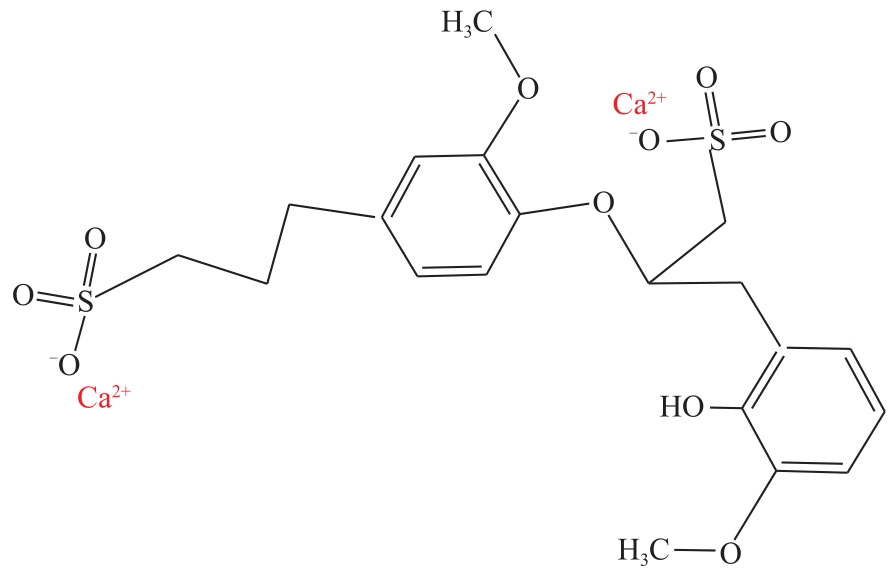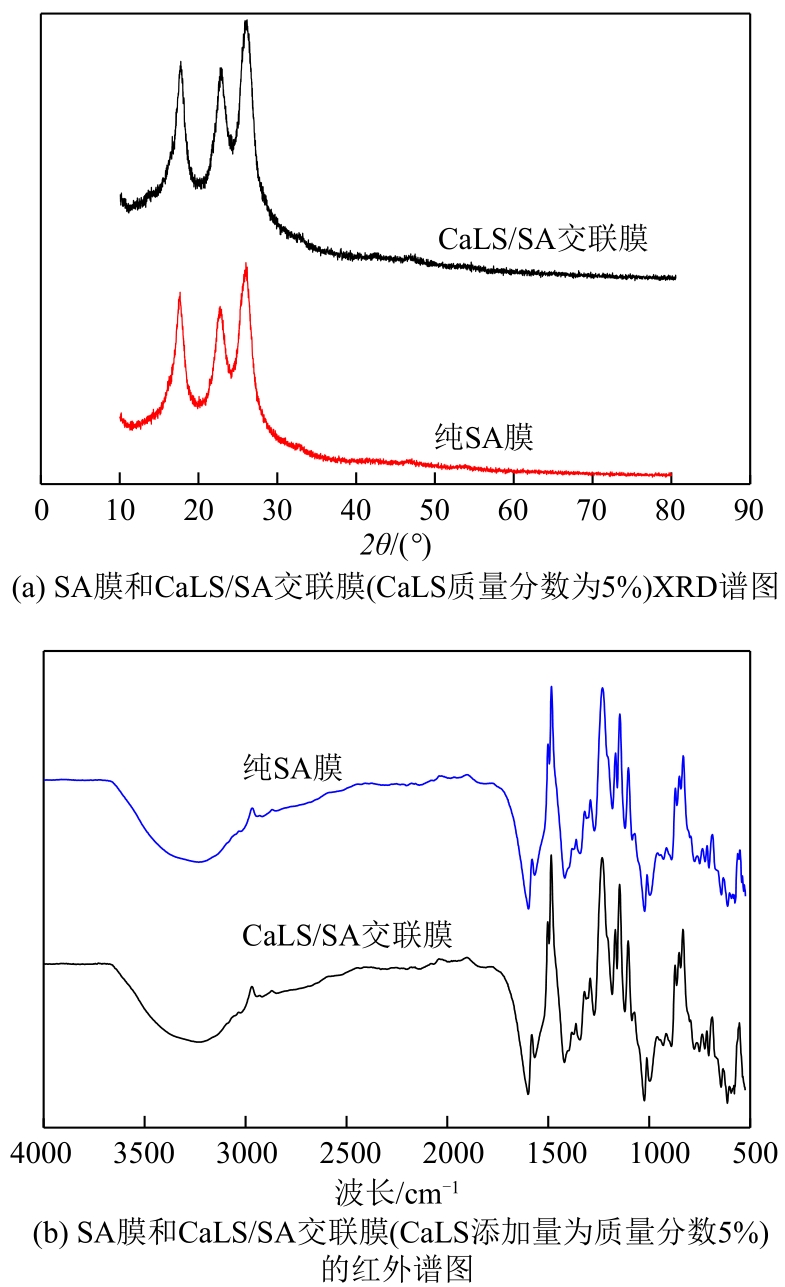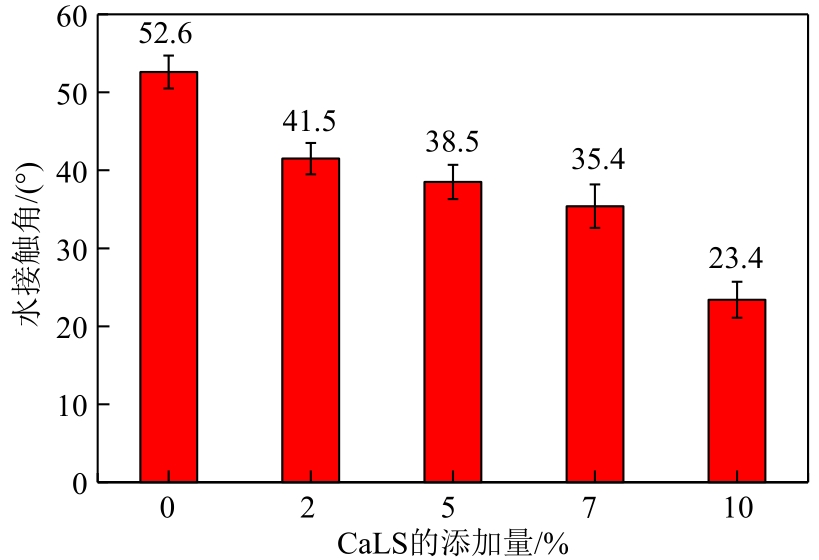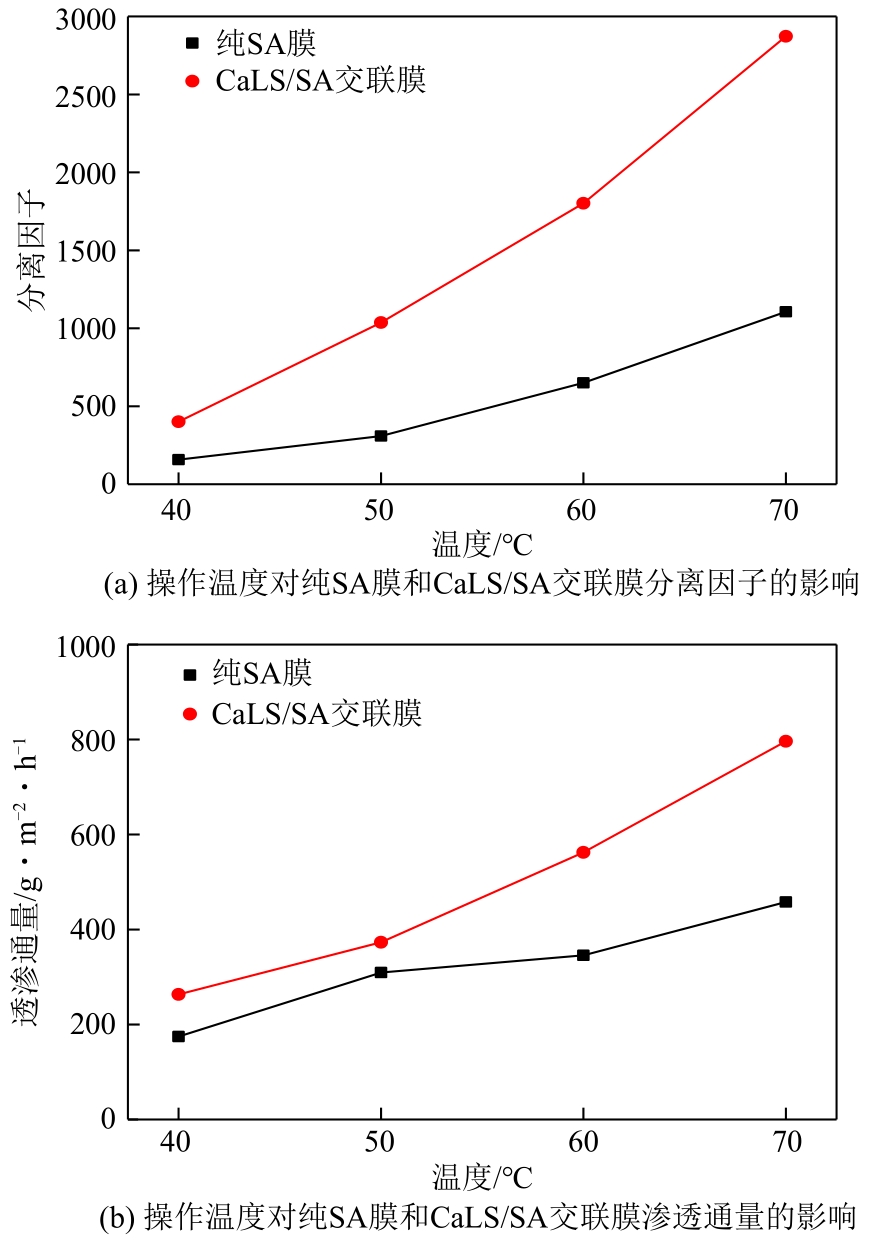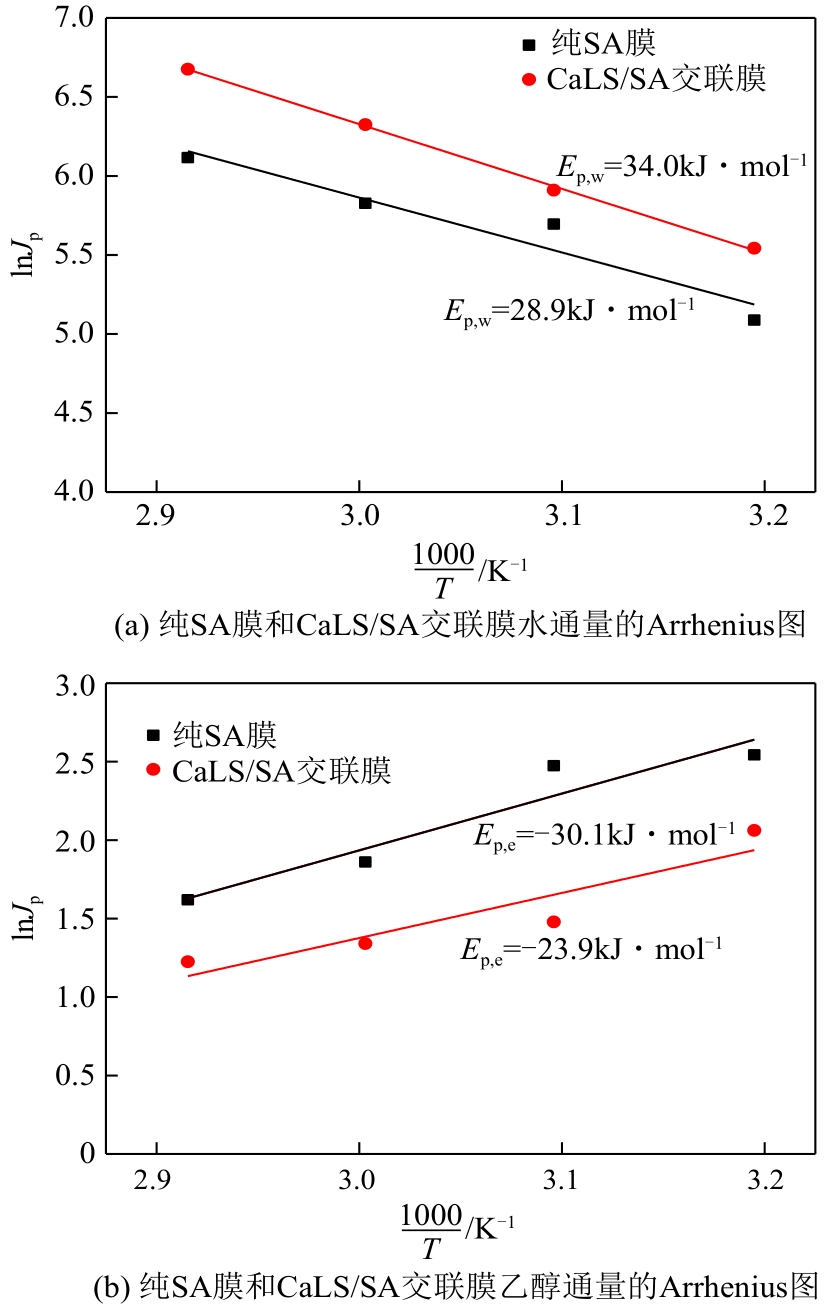| 1 |
GUIDO L, CARPIO T. The effects of oil price volatility on ethanol, gasoline, and sugar price forecasts[J]. Energy, 2019, 181: 1012-1022.
|
| 2 |
YOSHIOKA K, DAIDAI M, MATSUMOTO Y, et al. Self-sufficient bioethanol production system using a lignin-derived adsorbent of fermentation inhibitors[J]. ACS Sustainable Chemistry & Engineering, 2018, 6: 3070-3078.
|
| 3 |
GUPTA K M, QIAO Z, ZHANG K. Seawater pervaporation through zeolitic imidazolate framework membranes: atomistic simulation study[J]. ACS Applied Materials & Interfaces, 2016, 8: 13392-13399.
|
| 4 |
SHAARI N, ZAKARIA Z, KAMARUDIN S K. The optimization performance of cross‐linked sodium alginate polymer electrolyte bio‐membranes in passive direct methanol/ethanol fuel cells[J]. International Journal of Energy Research, 2019, 43: 8275-8285.
|
| 5 |
何明, 窦瑶, 尹国强, 等. 羽毛角蛋白/海藻酸钠共混膜的交联改性[J].化工进展,2017,36(S1): 572-577.
|
|
HE Ming, DOU Yao, YIN Guoqiang, et al. Crosslinking modification of feather keratin/sodium alginate blend films [J]. Chemical Industry and Engineering Progress, 2017, 36(S1): 572-577.
|
| 6 |
LI J, SI X, LI X, et al. Preparation of acid-resistant PEI/SA composite membranes for the pervaporation dehydration of ethanol at low Ph[J]. Separation and Purification Technology, 2018, 192: 205-212.
|
| 7 |
SURATAGO T, TAOKAEW S, KANJANAMOSIT N, et al. Development of bacterial cellulose/alginate nanocomposite membrane for separation of ethanol-water mixtures[J]. Journal of Industrial and Engineering Chemistry, 2015, 32: 305-312.
|
| 8 |
YANG M, WANG L, XIA Y. Ammonium persulphate induced synthesis of polymethyl methacrylate grafted sodium alginate composite films with high strength for food packaging[J]. International Journal of Biological Macromolecules, 2019, 124: 1238-1245.
|
| 9 |
YANG L L, ZHANG W H, GUO N N, et al. Study on preparation and properties of sodium alginate/Na+ rectorite-graft-itaconic acid hydrogel films[J]. Applied Chemical Industry, 2016, 45(10):1873-1877.
|
| 10 |
HOSSEINI S, CHARKHI A, MINUCHEHR A, et al. Dehydration of acetonitrile using cross-linked sodium alginate membrane containing nano-sized NaA zeolite[J]. Chemical Papers, 2017, 71(6): 1143-1153.
|
| 11 |
孙晓斌,董锐,张建勋,等.高亲水性海藻酸钠膜渗透汽化分离甲醇水溶液[J]. 化工进展, 2013, 32(1): 72-76.
|
|
SUN Xiaobin, DONG Rui, ZHANG Jianxun, et al. High water selectivity sodium alginate hybrid membranes for pervaporation of methanol/water mixtures[J]. Chemical Industry and Engineering Progess, 2013, 32(1): 72-76.
|
| 12 |
李忠正, 孙润仓, 金永灿. 植物纤维资源化学[M]. 北京: 中国轻工业出版社, 2012: 65-203.
|
|
LI Zhongzheng, SUN Runcang, JIN Yongcan. Chemistry of plant fiber resources[M]. Beijing: China Light Industry Press, 2012: 65-203..
|
| 13 |
陶杨, 罗学刚. 木质素/PVA复合膜的性能[J]. 化工进展, 2007, 26(3):400-404.
|
|
TAO Yang, LUO Xuegang. Performance of lignin/PVA composite film[J]. Chemical Industry and Engineering Progess, 2007, 26(3): 400-404.
|
| 14 |
GUAN K, LIANG F, ZHU H. Incorporating graphene oxide into alginate polymer with cationic intermediate to strengthen membrane dehydration performance[J]. ACS Applied Materials & Interfaces, 2018, 10: 13903-13913.
|
| 15 |
ZHOU F, FENG X, YU J, et al. High performance of 3D porous graphene/lignin/sodium alginate composite for adsorption of Cd(Ⅱ) and Pb(Ⅱ)[J]. Environmental Science and Pollution Research, 2018, 25(16): 15651-15661.
|
| 16 |
XU Z, LIU G, YE H, et al. Two-dimensional MXene incorporated chitosan mixed-matrix membranes for efficient solvent dehydration[J]. Journal of Membrane Science, 2018, 563: 625-632.
|
| 17 |
SONG Y, JIANG Z, GAO B. Embedding hydrophobic MoS2 nanosheets within hydrophilic sodium alginate membrane for enhanced ethanol dehydration[J]. Chemical Engineering Science, 2018, 185: 231-242.
|
| 18 |
CAO K, JIANG Z, ZHAO J, et al. Enhanced water permeation through sodium alginate membranes by incorporating graphene oxides[J]. Journal of Membrane Science, 2014, 469: 272-283.
|
| 19 |
ZHAO C, JIANG Z, ZHAO J. High pervaporation dehydration performance of the composite membrane with an ultrathin alginate/poly(acrylic acid)-Fe3O4 active layer[J]. Industrial & Engineering Chemistry Research, 2017, 53: 1606-1616.
|
| 20 |
LIU G, JIANG Z, CAO K, et al. Pervaporation performance comparison of hybrid membranes filled with two dimensional ZIF-L nanosheets and zero-dimensional ZIF-8 nanoparticles[J]. Journal of Membrane Science, 2017, 523: 185-196.
|
| 21 |
AMINABHAVI T M, PATIL M B, BHAT S D, et al. Activated charcoal-loaded composite membranes of sodium alginate in pervaporation separation of water-organic azeotropes[J]. Applied Polymer, 2009, 113: 966-975.
|
 ), ZHAN Shuo1, LI Jiding2, HE Jing1, WANG Luying1(
), ZHAN Shuo1, LI Jiding2, HE Jing1, WANG Luying1( )
)
 ), 詹硕1, 李继定2, 何静1, 王璐莹1(
), 詹硕1, 李继定2, 何静1, 王璐莹1( )
)
